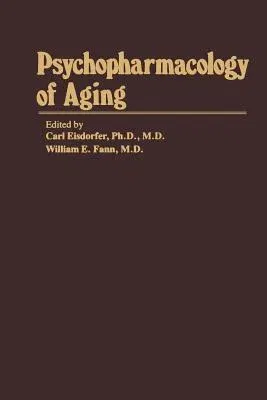The "aging" of the world population is by now a well-recognized
phenomenon. It has become a matter of concern to the social planner and
deliverer of services, as weil as to the clinician. On aper capita
basis, the aged-that is those 65 and older-appear in outpatient health
care facilities at a rate wh ich is approximately fifty percent greater
than their adult peers, stay about three times as long in general
medical and surgical facilities, and represent more than 90 percent of
the long-term-care beds in the United States. In addition, at a time
when they represented approximately 10 percent of the total population,
the aged were the recipients of 25 percent of all prescriptions for
medication. Thus, an understanding of the drug use consequences, misuse
and abuse of drugs among older persons, has become a salient issue for
the scientist, clinical physician, and other health care professionals.
The aged are a group at heightened risk for a number of disorders and
often present with clinical problems not usually encountered in an aging
population. Many such problems are the direct consequence of multiple,
concurrent, and complicating disorders; drug/drug interactions, com-
pliance with physician prescription, the use of concurrent
non-prescribed substances such as alcohol or over-the-counter
medication, and a variety of other behaviors. There is also a growing
interest in the well recognized, but poorly understood, pattern of
organic changes which occur in later maturity.


